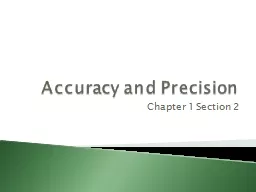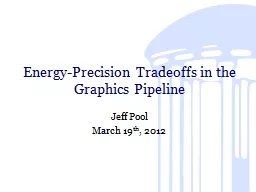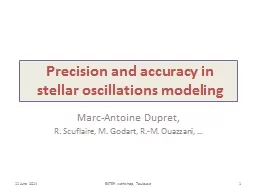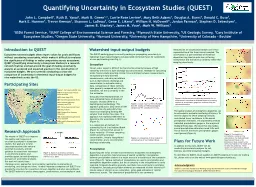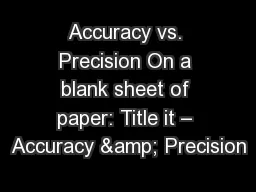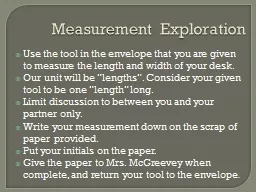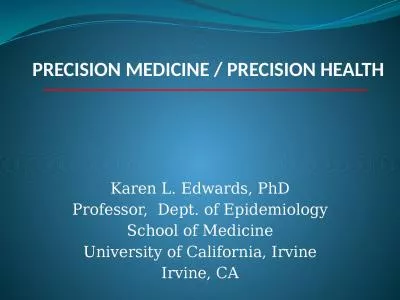PPT-The quest for precision
Author : karlyn-bohler | Published Date : 2017-01-25
High Aperture implies lot of photons High SN high precision Open this new parameter space LEGACY Precision Fidelity Doppler V elocity Wavelength Accuracy Stellar
Presentation Embed Code
Download Presentation
Download Presentation The PPT/PDF document "The quest for precision" is the property of its rightful owner. Permission is granted to download and print the materials on this website for personal, non-commercial use only, and to display it on your personal computer provided you do not modify the materials and that you retain all copyright notices contained in the materials. By downloading content from our website, you accept the terms of this agreement.
The quest for precision: Transcript
Download Rules Of Document
"The quest for precision"The content belongs to its owner. You may download and print it for personal use, without modification, and keep all copyright notices. By downloading, you agree to these terms.
Related Documents



